Expansion of Emerging Markets
The Pharmaceutical Glass Ampoules Market is poised for growth due to the expansion of emerging markets. Countries in Asia-Pacific and Latin America are experiencing rapid economic development, leading to increased healthcare spending and a rising demand for pharmaceutical products. As these markets mature, the need for effective packaging solutions, such as glass ampoules, is likely to grow. The increasing prevalence of diseases and the expansion of healthcare infrastructure in these regions are contributing factors. Furthermore, local manufacturers are beginning to invest in advanced packaging technologies, which may further stimulate the Pharmaceutical Glass Ampoules Market. This trend suggests a promising future for glass ampoules as a preferred packaging choice in these burgeoning markets.
Rising Demand for Biopharmaceuticals
The Pharmaceutical Glass Ampoules Market is experiencing a notable surge in demand for biopharmaceuticals, driven by the increasing prevalence of chronic diseases and the need for advanced therapeutic solutions. Biopharmaceuticals, which often require precise dosing and protection from environmental factors, are ideally suited for glass ampoules. The market for biopharmaceuticals is projected to grow at a compound annual growth rate of approximately 8% over the next few years, further propelling the need for reliable packaging solutions. As biopharmaceuticals become more mainstream, the Pharmaceutical Glass Ampoules Market is likely to expand, catering to the specific requirements of these products, including sterility and stability.
Increasing Focus on Sustainable Packaging
The Pharmaceutical Glass Ampoules Market is witnessing a growing emphasis on sustainable packaging solutions. As environmental concerns become more pronounced, manufacturers are exploring eco-friendly alternatives to traditional packaging materials. Glass, being recyclable and inert, presents a viable option for sustainable packaging in the pharmaceutical sector. The shift towards sustainability is not only driven by regulatory pressures but also by consumer preferences for environmentally responsible products. This trend is expected to influence the Pharmaceutical Glass Ampoules Market, as companies that adopt sustainable practices may gain a competitive edge. The integration of sustainability into packaging strategies could lead to innovations that further enhance the appeal of glass ampoules.
Regulatory Compliance and Safety Standards
The Pharmaceutical Glass Ampoules Market is significantly influenced by stringent regulatory compliance and safety standards imposed by health authorities. These regulations ensure that pharmaceutical products are packaged in a manner that maintains their integrity and efficacy. The increasing focus on patient safety and product quality has led to a rise in the adoption of glass ampoules, which are perceived as a safer alternative to other packaging forms. Compliance with regulations such as the FDA and EMA guidelines is essential for manufacturers, and this has resulted in a growing preference for glass ampoules in the industry. As regulations evolve, the Pharmaceutical Glass Ampoules Market is expected to adapt, ensuring that products meet the highest safety standards.
Technological Innovations in Manufacturing
Technological innovations in the manufacturing processes of glass ampoules are playing a crucial role in the Pharmaceutical Glass Ampoules Market. Advances in automation and precision engineering have led to improved production efficiency and reduced costs. For instance, the introduction of automated filling and sealing technologies has enhanced the speed and accuracy of ampoule production, allowing manufacturers to meet the increasing demand for high-quality packaging solutions. Furthermore, innovations in glass formulation have resulted in stronger and more durable ampoules, which can withstand various environmental conditions. These technological advancements are likely to drive growth in the Pharmaceutical Glass Ampoules Market, as they enable manufacturers to offer superior products that align with market needs.


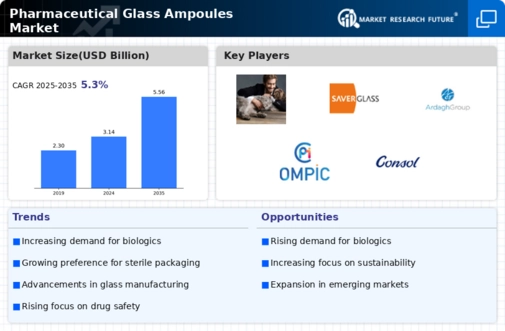
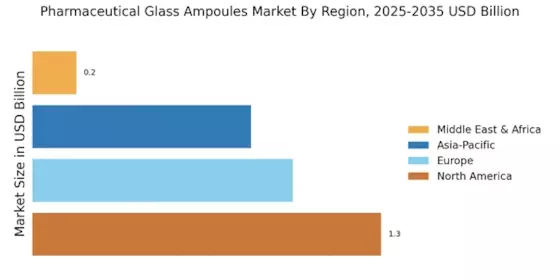
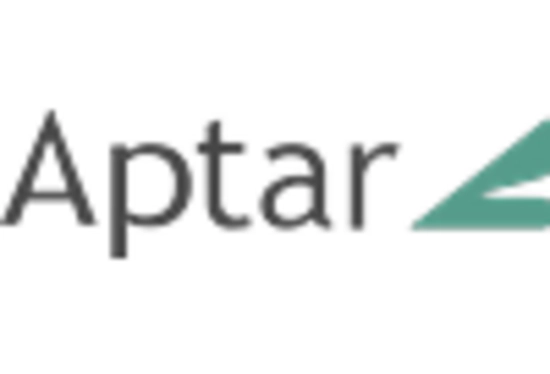
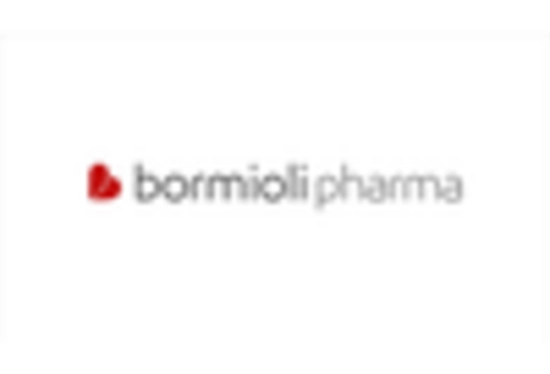
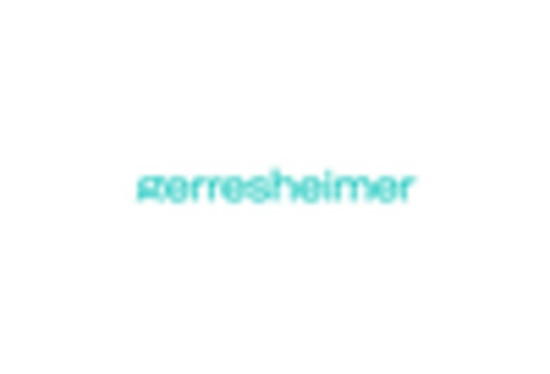
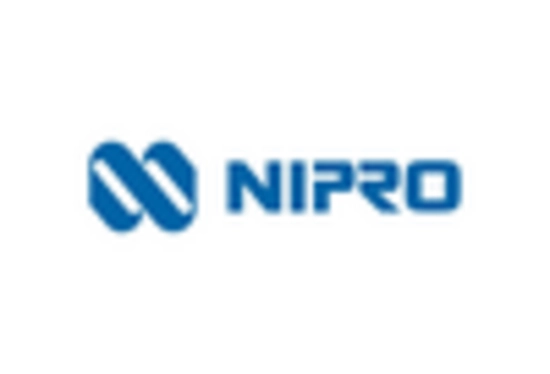
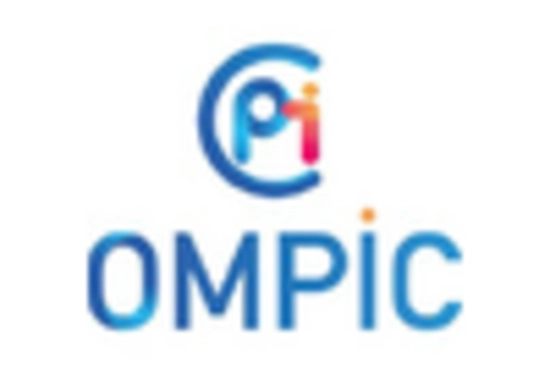
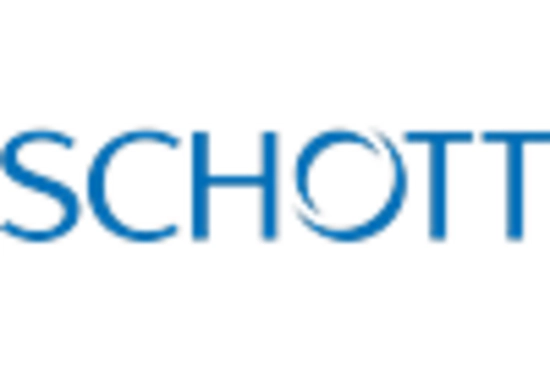








Leave a Comment